
Single-cell Dam&T-seq during mouse corticogenesis reveals how genome–lamina interactions regulate long neuronal genes.
doi.org/10.1101/2025...
#Neurodevelopment #Epigenetics @hubrechtinstitute.bsky.social @oncodeinstitute.bsky.social

Single-cell Dam&T-seq during mouse corticogenesis reveals how genome–lamina interactions regulate long neuronal genes.
doi.org/10.1101/2025...
#Neurodevelopment #Epigenetics @hubrechtinstitute.bsky.social @oncodeinstitute.bsky.social

The full list can be found here: http://www.technologyreview.com/innovators-under-35/2025/.




We find the rate of cohesin loop extrusion in cells is set by NIPBL dosage and tunes many aspects of chromosome folding.
This provides a molecular basis for NIPBL haploinsufficiency in humans. 🧵👇
www.biorxiv.org/content/10.1...

We find the rate of cohesin loop extrusion in cells is set by NIPBL dosage and tunes many aspects of chromosome folding.
This provides a molecular basis for NIPBL haploinsufficiency in humans. 🧵👇
www.biorxiv.org/content/10.1...


Join a vibrant, interdisciplinary community where collaboration and innovation are nurtured at all levels.
Take a look at these four open positions 👇

Join a vibrant, interdisciplinary community where collaboration and innovation are nurtured at all levels.
Take a look at these four open positions 👇
www.biorxiv.org/content/10.1...
1/

www.biorxiv.org/content/10.1...
1/
✉️ The Hubrecht Institute now has its very own PhD program! Applications are open and will be accepted until September 15th. Read more here 👉 www.hubrecht.eu/hipp/
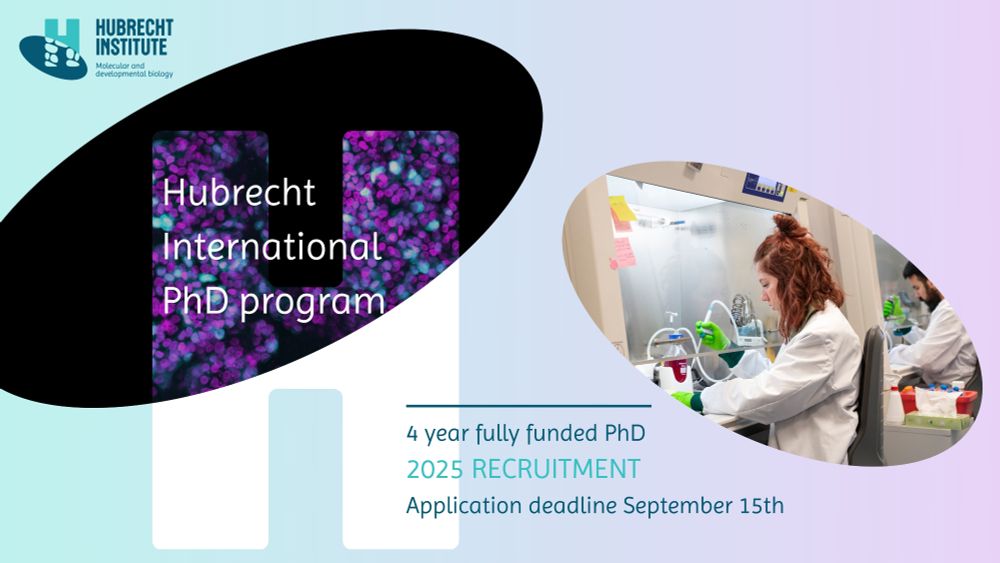
✉️ The Hubrecht Institute now has its very own PhD program! Applications are open and will be accepted until September 15th. Read more here 👉 www.hubrecht.eu/hipp/
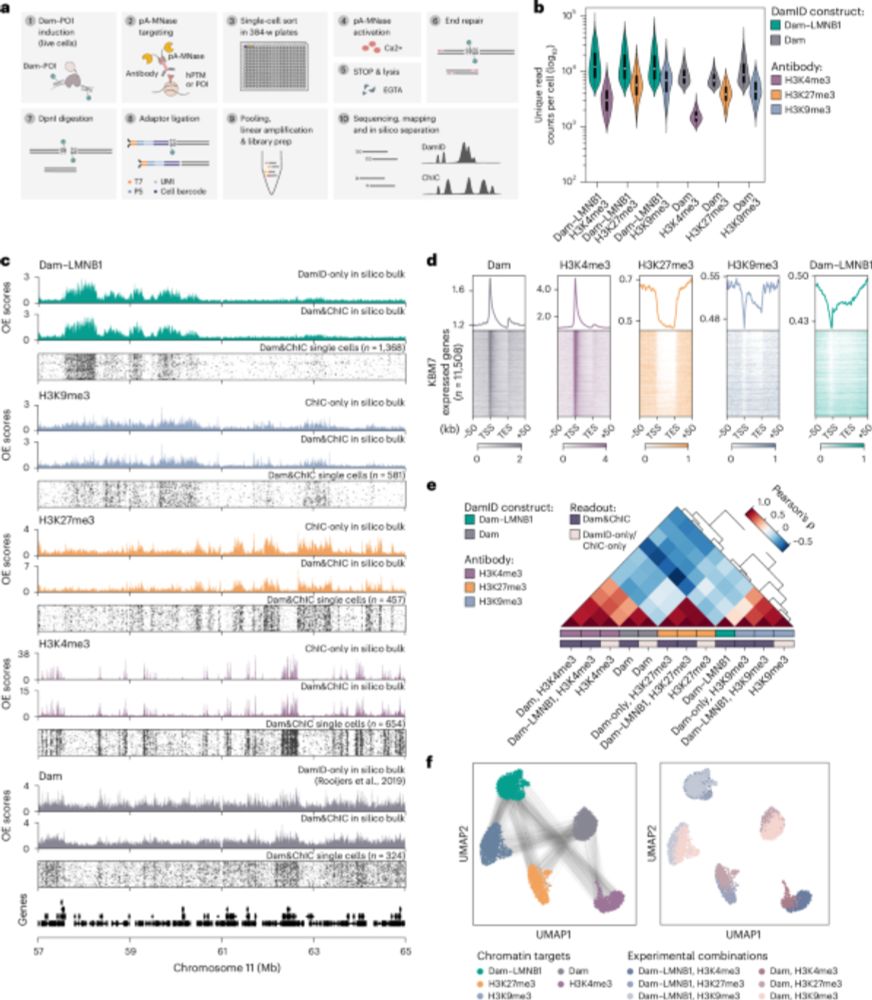
Researchers from the Kind and Van Oudenaarden groups have found a way to study these types of questions: www.nature.com/articles/s41.... Read more below! 👇
@jopkind.bsky.social
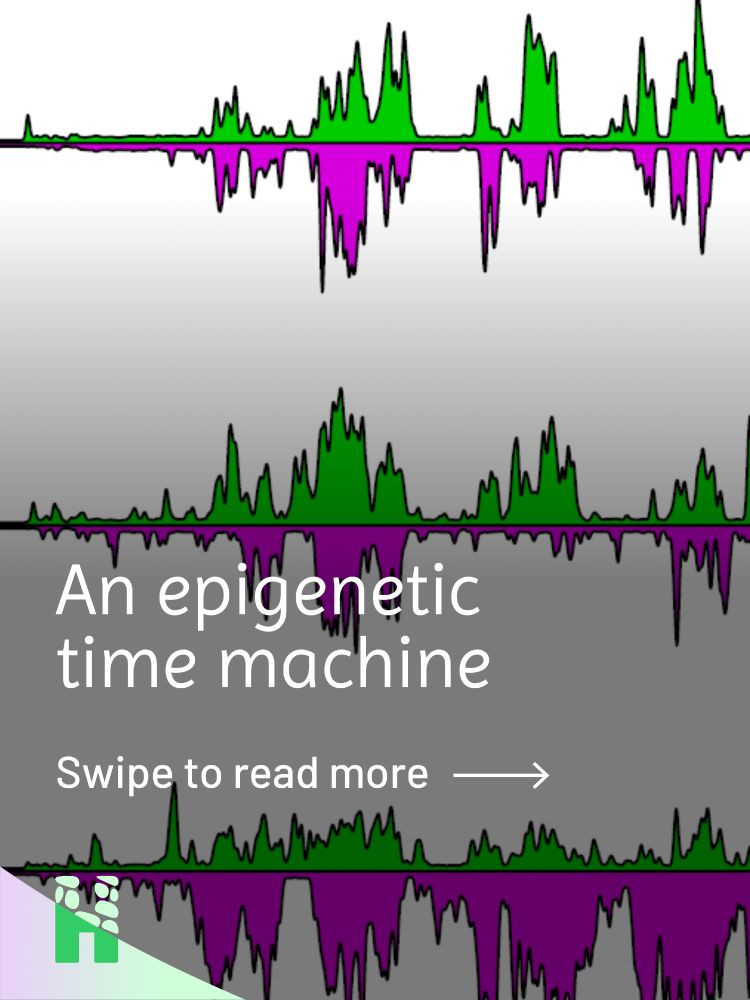
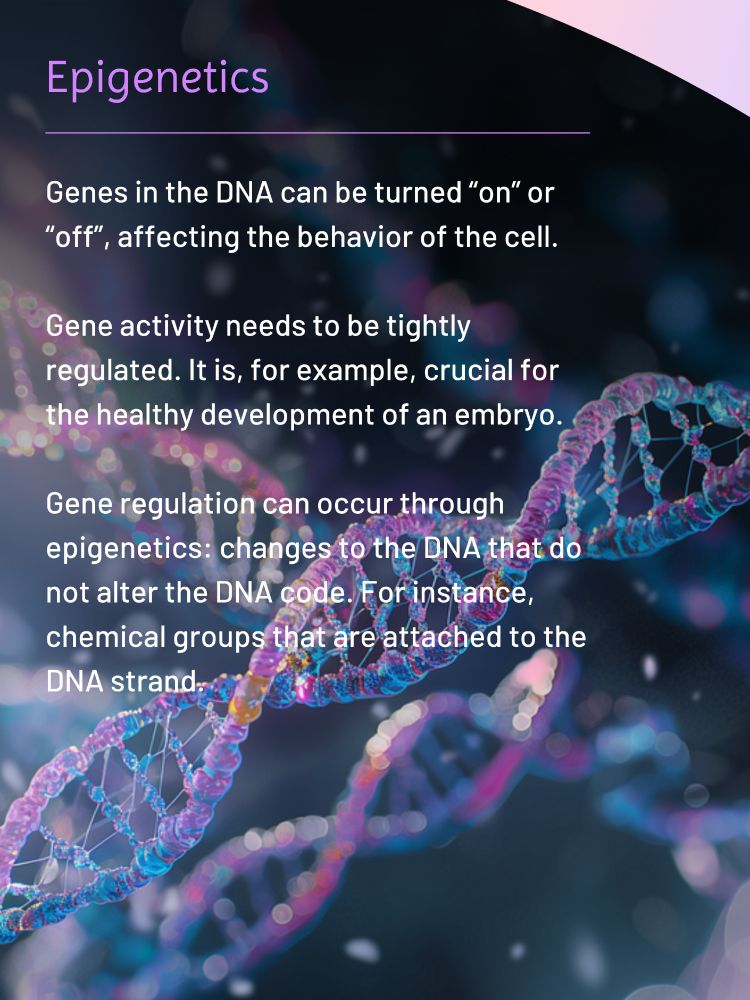
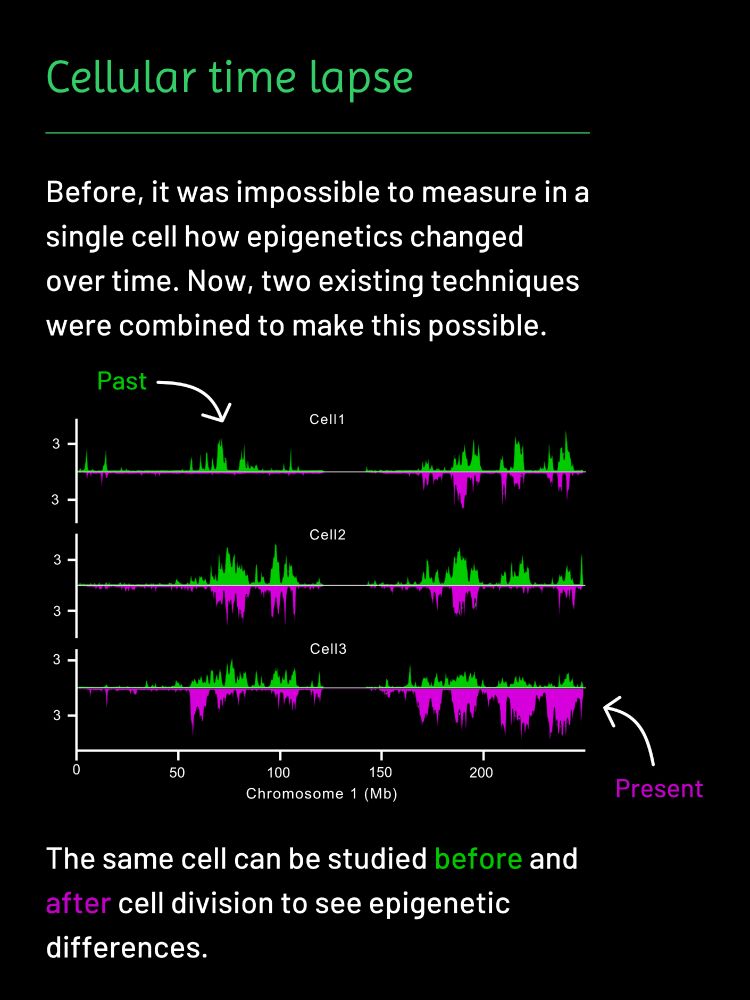
Researchers from the Kind and Van Oudenaarden groups have found a way to study these types of questions: www.nature.com/articles/s41.... Read more below! 👇
@jopkind.bsky.social
www.biorxiv.org/content/10.1...
2/9
www.biorxiv.org/content/10.1...
2/9
7/9

7/9
this is part of a MSCA Doctoral Network on the topic of metabolic regulation of genome function and cell identity.
A EU funded generous fellowship is offered with possibility of industry experience. Apply here:
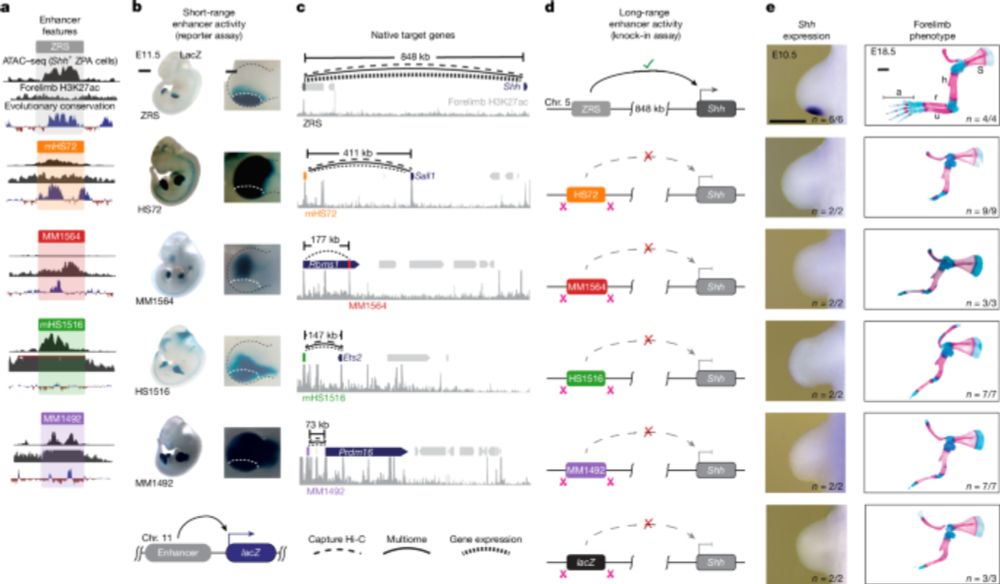
www.nature.com/articles/s41...
A joy to work with super team Sarah Plattner, Yuka Sugiura, Francisco Falcon and Elly Tanaka.
🧵1/14

www.nature.com/articles/s41...
A joy to work with super team Sarah Plattner, Yuka Sugiura, Francisco Falcon and Elly Tanaka.
🧵1/14
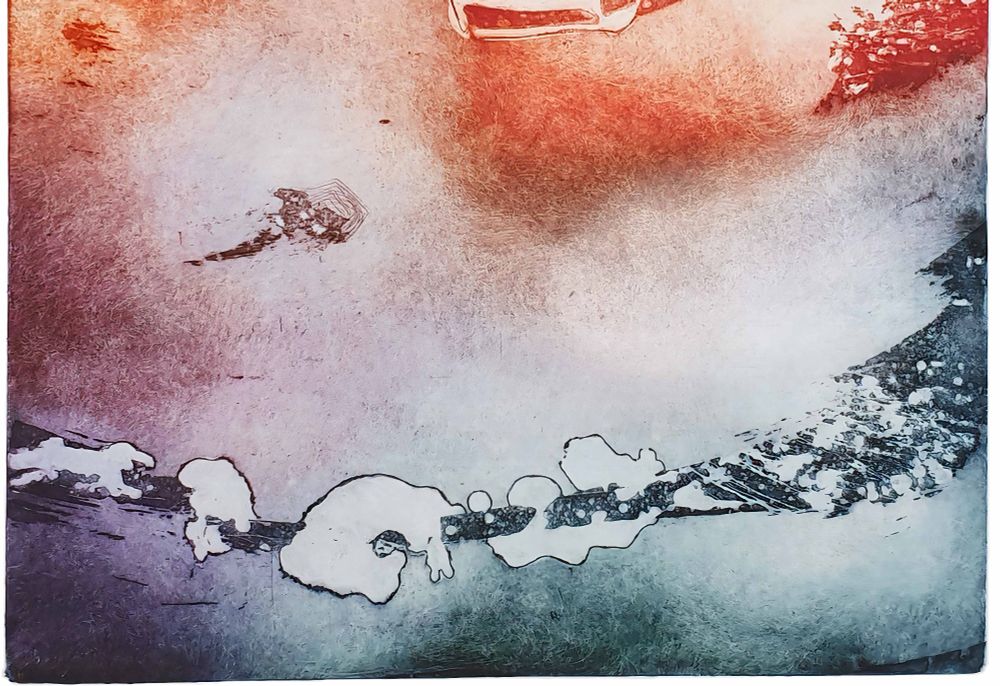
Sharing about 80% of heart disease–causing genes with humans, the zebrafish is an excellent model to study how hearts develop, become diseased and might regenerate.
Sharing about 80% of heart disease–causing genes with humans, the zebrafish is an excellent model to study how hearts develop, become diseased and might regenerate.
Ever wondered how cells prepare their genomes to enable new cell-fates? In this team up with the Kind lab, we show that genes are repositioned in the nucleus to get ready for future activation and tissue formation. Read 🧵👇 to find out how and when this happens!
doi.org/10.1101/2025...
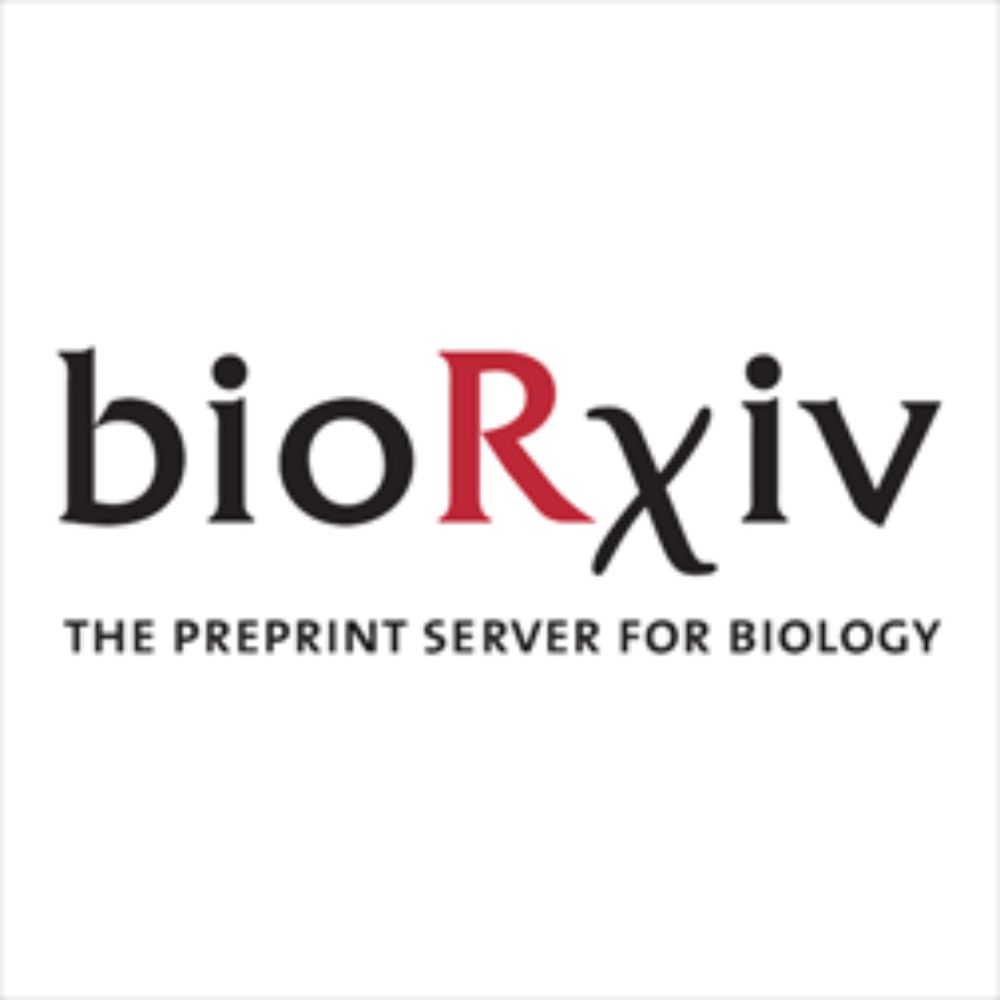
Ever wondered how cells prepare their genomes to enable new cell-fates? In this team up with the Kind lab, we show that genes are repositioned in the nucleus to get ready for future activation and tissue formation. Read 🧵👇 to find out how and when this happens!
doi.org/10.1101/2025...
www.biorxiv.org/content/10.1...

www.biorxiv.org/content/10.1...
www.opgevenisgeenoptie.nl/fundraisers/...

www.opgevenisgeenoptie.nl/fundraisers/...
Nederland verliest miljarden euro’s bij bezuiniging op groeifondsen
innovationorigins.com/nl/onderzoek...
Nederland verliest miljarden euro’s bij bezuiniging op groeifondsen
innovationorigins.com/nl/onderzoek...
Thanks for joining the #HubrechtSymposium2025! We hope you leave with fresh insights and new connections.

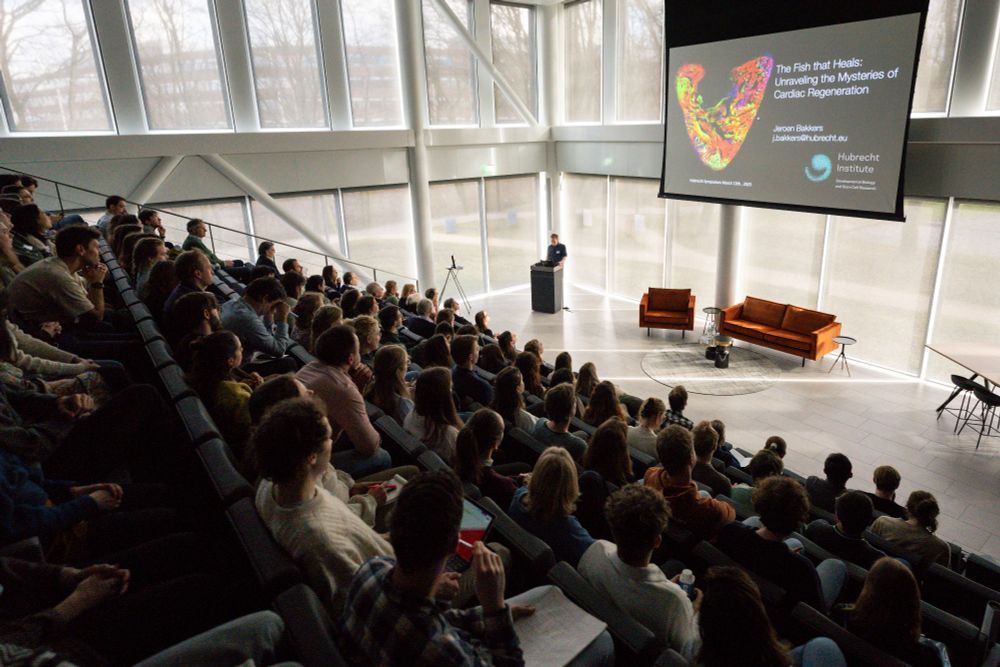

Thanks for joining the #HubrechtSymposium2025! We hope you leave with fresh insights and new connections.

